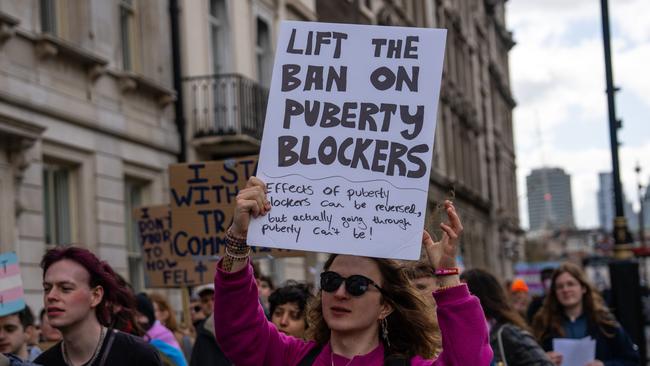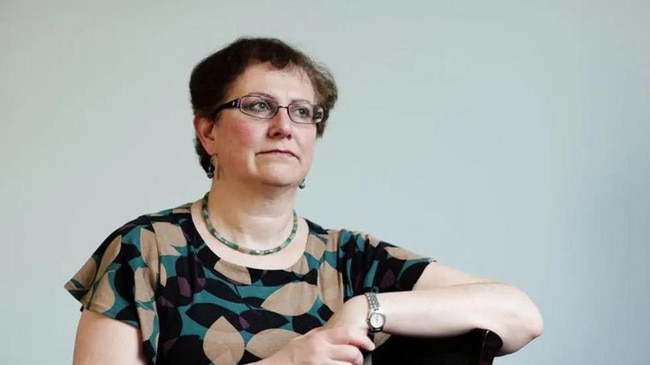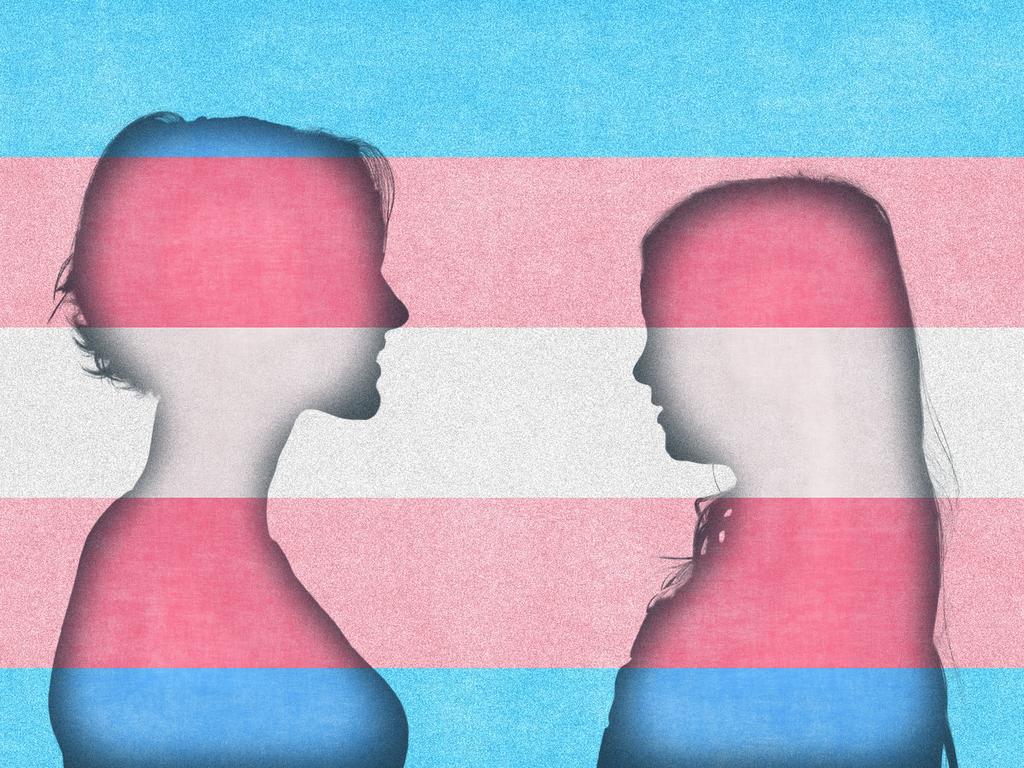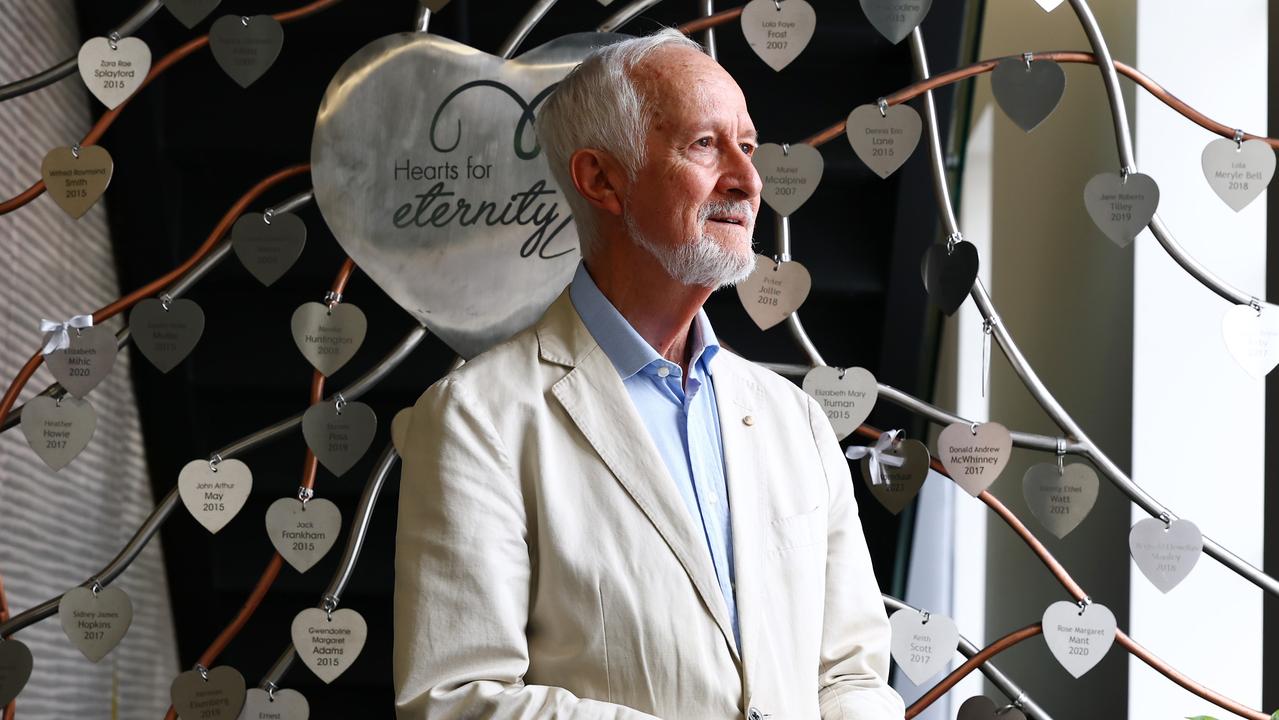Number of UK children with gender dysphoria soars 50-fold in decade
A new study by the University of York shows from 2015, the number of girls diagnosed with gender dysphoria began to skyrocket, with social media and mental health thought to be factors.

The number of children in England diagnosed with gender dysphoria has risen dramatically over the past decade, research shows.
Analysis of NHS GP records suggests that more than 10,000 under-18s identified as transgender or struggled with gender distress in 2021, up from about 200 in 2011.
Gender dysphoria is the sense of anxiety when people feel a mismatch between their biological sex and their gender identity, which prompts some to take steps to transition using hormonal drugs or surgery.
The study, led by a team at the University of York, examined GP records and showed the prevalence of gender dysphoria had increased rapidly throughout the 2010s, from 1 in 60,000 under-18s in 2011 to 1 in 1,200 in 2021.
From 2015, the number of girls diagnosed with gender dysphoria began to increase much more rapidly than boys. By 2021, twice as many girls had been told they had the condition than boys.

The research, published in the journal Archives of Disease in Childhood, did not examine the causes of the increase. However, the authors said possible explanations include “social factors”, such as greater use of social media, and worsening mental health in children, particularly girls.
GP records show that levels of depression and self-harm are much higher in children struggling with their gender than in other groups. More than half of the children had anxiety, depression or self-harm recorded by their GP.
The study, which was funded by NHS England, said: “Levels of observed anxiety and depression have been increasing in children and young people in general over the last two decades for complex and contested reasons, challenging health, education and social services, and those experiencing gender dysphoria/incongruence are at particular risk.”

Of those with gender dysphoria, 5 per cent were prescribed puberty blockers while 8 per cent were prescribed masculinising or feminising hormones. Last year, puberty blockers were made illegal in the UK because of a lack of evidence that they are safe or effective.
The increase in the number of children identifying as transgender since 2011 has led to more referrals to NHS gender identity services. Until last year, the only service in England for under-18s was the gender identity development service at the Tavistock and Portman NHS Foundation Trust in London.
In 2010, the clinic received 138 referrals. It was 2,383 in 2020 and doubled to more than 5,000 in 2021. It was shut in March after a report by Dame Hilary Cass raised concerns that children were being rushed down a medical pathway. It is being replaced with a network of six NHS specialist clinics, led by multidisciplinary teams that take into account other possible issues, including mental health problems or autism.
Ms Cass’s report said changing “cultural norms”, peer pressure and the influence of social media were likely to have contributed to the rise in gender dysphoria.
Her report said distressed children must be seen “not just through the lens of their gender identity” and no longer hurried to medical intervention.
The York University team looked at data from 113,000 children, examining 237 papers from 18 countries, in the biggest review of this kind of treatment to date.
The Times




